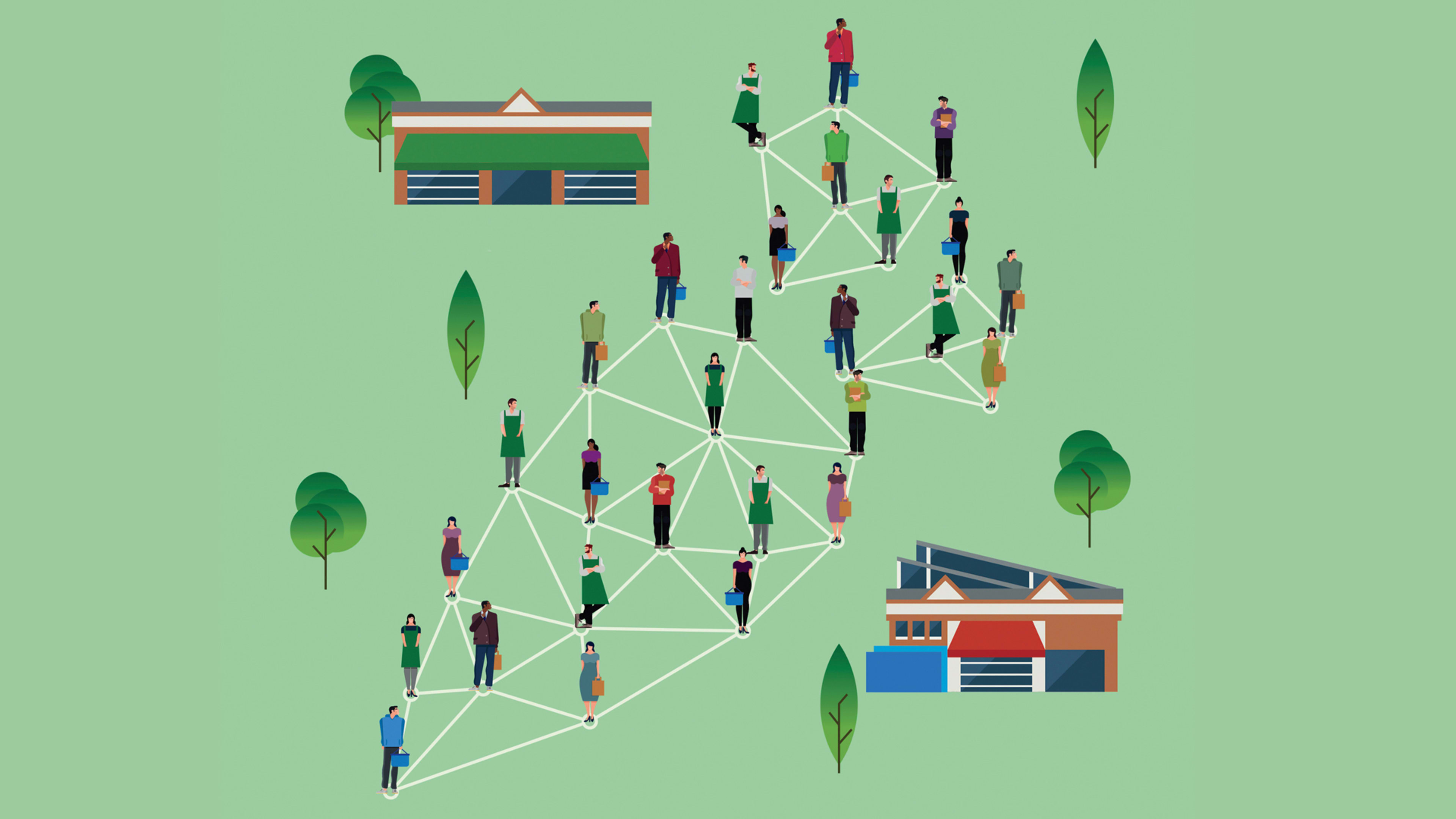Amazon’s announcement last June of its plan to buy Whole Foods served as a wake-up call to grocers that the threat of e-commerce could no longer be ignored. And grocery-delivery startup Instacart, known for its same-day delivery from big-box supermarkets, was ready to help.
In February, the company closed a $200 million funding round, which it will use to beef up its digital logistics tools, double the size of its corporate team, and help bring more grocers–both big and small–onto its platform.
“This industry has been waiting for a catalyst and a change moment for a long time,” says Instacart’s chief business officer, Nilam Ganenthiran. “We’re very thankful to the folks up in Seattle for helping drive [our growth].”
Since Amazon’s big buy, Instacart has signed on large grocers such as Kroger and Albertsons, while expanding its existing partnership with Costco. Instacart has long pitched itself as a “best friend” to retailers. Now, that angle is even more appealing to grocers eager to embrace mobile ordering and delivery while Instacart figures out the nitty-gritty logistics.
Recognize your brand’s excellence by applying to this year’s Brands That Matter Awards before the early-rate deadline, May 3.
